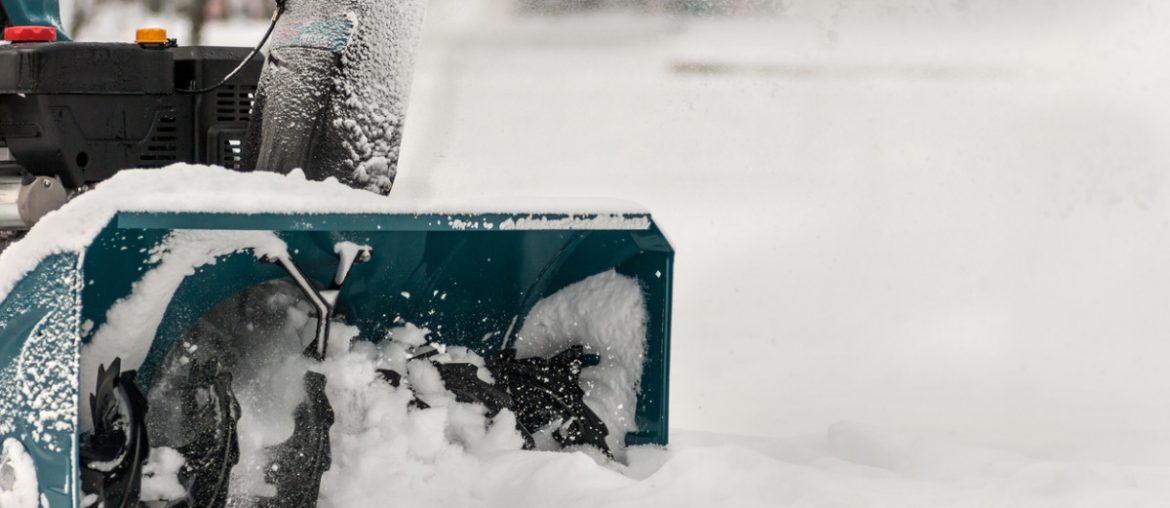Extending the range of services you offer can provide a valuable opportunity to tap into new markets, find new customers, and secure more incoming revenue. This can be particularly valuable if your primary line of work ebbs and flows throughout the year, giving you the opportunity to choose a service that will generate more income during what you’ve come to think of as your slow season.
For those in the lawn care and landscaping industry, the exact definition of when the slow season starts and stops varies greatly depending on your location. After all, the difference between a Great Lakes winter and a Southern California winter, for instance, can be drastic, to say the least. Whether it’s long and extreme or short and mild, winter tends to be the dead season for lawn and landscape businesses.
If you work in an area where snowfall makes up some of that winter weather, though, all hope is not lost. Considering getting into snow removal to keep your revenue flowing during the winter months? Here are some key factors to consider before you take the plunge.
Getting Geared Up
Chances are that your lawn care operation, whatever the size, involves a truck or even a fleet of trucks. This, of course, is a great headstart when it comes to snow removal. A reliable truck puts you ahead of the curve when it comes to getting to service areas, of course, since you’ll likely be driving in the snow to get there in a timely fashion.
A truck is also perfect for transporting smaller gear like shovels, walk-behind salt spreaders, and snow blowers, which are ideal for sidewalks, walkways, and other tight spaces. If you’re planning on breaking into snow removal as a source of revenue during your slow season, though, then the natural choice is to invest in a plow for your truck and really put it to work. A bed-mounted salt spreader is an ideal addition to the setup, as well, adding a new breadth of functionality to your winter gear.
The key thing to remember about having a plow mounted is maintenance. When winter arrives, you don’t simply reattach your plow and start pushing snow and sleet away. Just like you inspect your lawn gear before the busy season, it’s important to set time aside in the fall to ensure that your plow and mount are ready for the work ahead.
You need to take the time to check the mount for wear and tear, particularly at the electrical connection points, and also to change out the hydraulic fluid. As Jeffrey Bromley from The Lawn & Landscape Company, who also carry out snow removal, notes, moisture from the humid months is attracted to the hydraulic fluid and can freeze in the winter months with serious consequences.
Entering a New Industry
One of the primary choices you’ll make as you enter into this new field is whether you want to serve residential neighborhoods, commercial properties, or both. While commercial contracts tend to be tied to higher revenue—and rightfully so, considering the square footage of parking lots vs. driveways—Bromley is quick to note that commercial clients are more demanding when it comes to fast turnaround and that parking lots typically require multiple trucks to service in a timely manner.
The Lawn & Landscape Company initially moved into snow removal as a natural progression from lawn care, as mounting a plow during the slow months was something Bromley had commonly seen as he came up in the industry. He initially advertised via local newspapers in hopes of attracting residential clients and was sure to mention the new undertaking to his existing lawn care customers. As time went on, he also added a handful of parking lots to his roster, ensuring that his team had the equipment and staffing to clear them promptly.
Shifting Customer Expectations
A fundamental difference between lawn care and snow removal is that by its very nature, snow removal can’t always be predicted and planned for in the same way that lawn care can. When you schedule lawn care service, you can typically plan in advance, allocate your resources accordingly, and handle last-minute changes like a staff member calling out or the weather taking a turn when they arise; with snow removal, you don’t have that liberty.
While lawn care is dependent on the weather to some degree, most properties are still maintained on a predetermined schedule. Snow, though, comes when it comes, and you have no control and little advance warning. While you’re checking the weather regularly—maybe even hourly when there’s snow in the forecast—you still can’t know exactly when it will fall or how much will accumulate. As such, you, your crew, and your equipment need to be ready to go when the need arises. It’s a good idea to choose mechanically inclined drivers, as well, considering an equipment malfunction or breakdown can quickly rob you of your whole day’s work (and possibly of recurring income during future snowfall) if it isn’t addressed right away to get you back on the road quickly.
When the snow comes down, your customers expect to be cleared out in a timely fashion. Compared to your lawn care customers, whom you can spread out over a week or two and who don’t typically care whether their lawn is handled early or late in the day, your snow removal customers will overwhelmingly expect to be addressed early in the day; this is particularly true with commercial properties. Even if some of your residential customers are less demanding, they’ll still almost certainly expect to have their sidewalks and driveways cleared by the end of the day.
With that in mind, it’s a good idea to enter into this new field incrementally, adding new customers into the mix as you’re confident that you can provide them with the same level of reliable service that they’re accustomed to from your lawn and landscape business. Balancing your scheduling and routing with the demanding turnaround expectations of snow removal is the key to establishing a reliable source of recurring income during your slow season.

